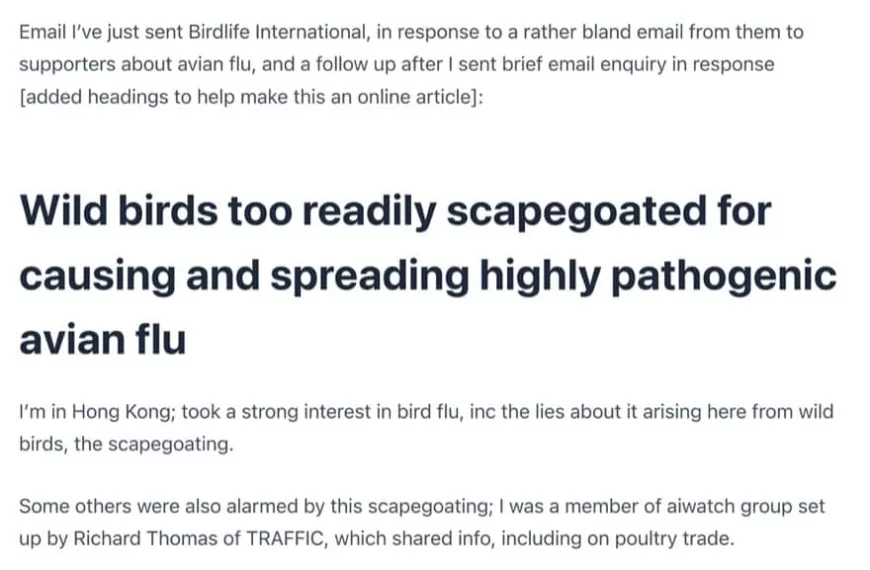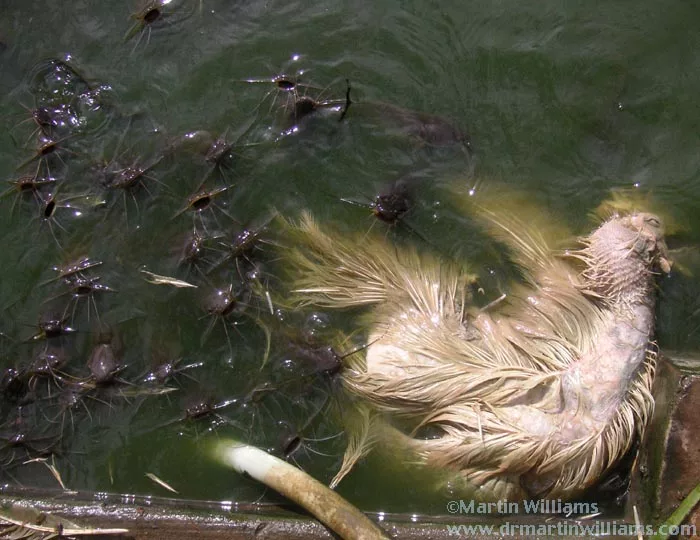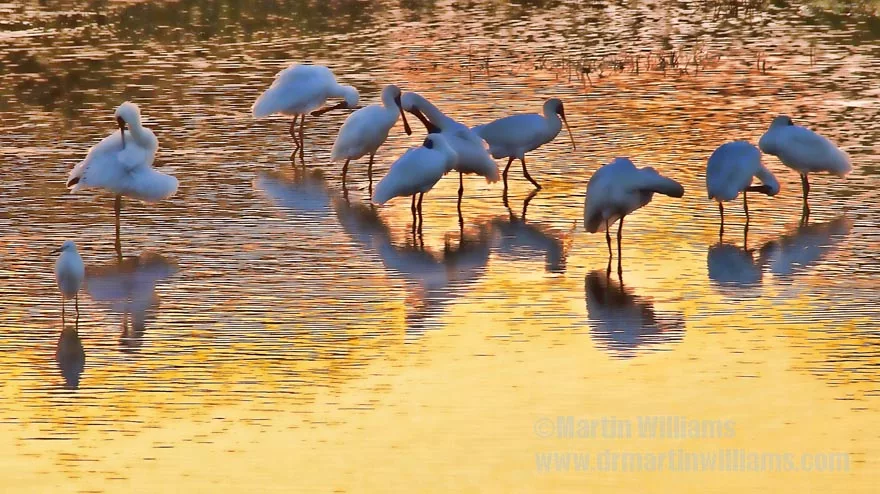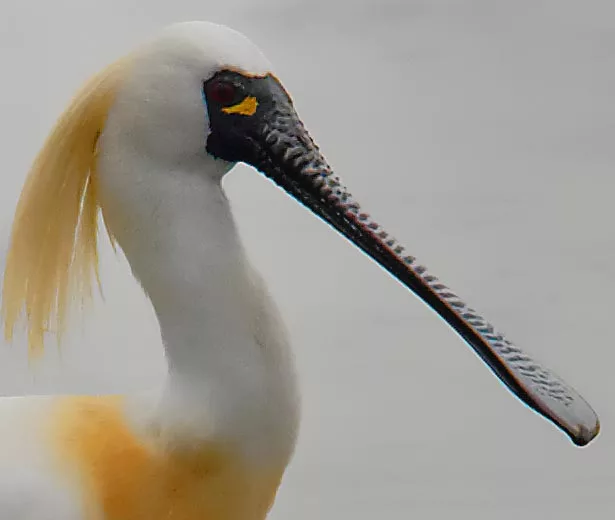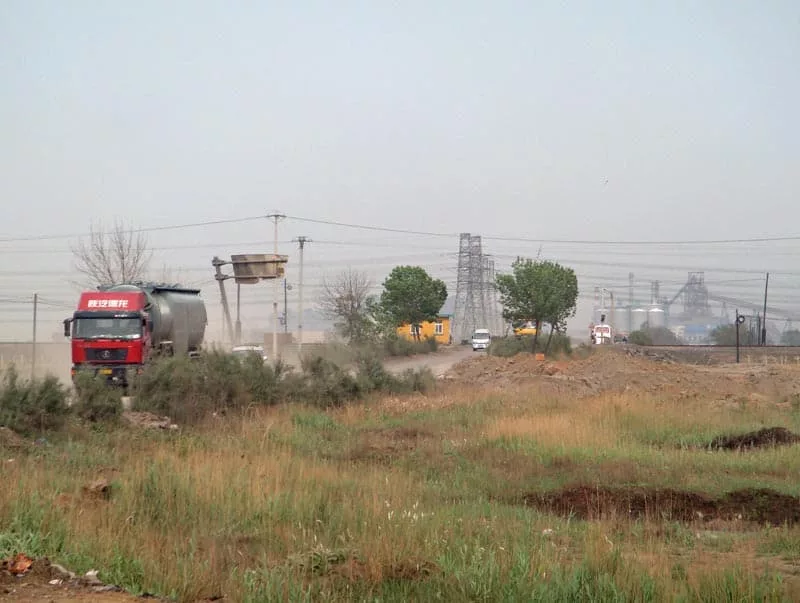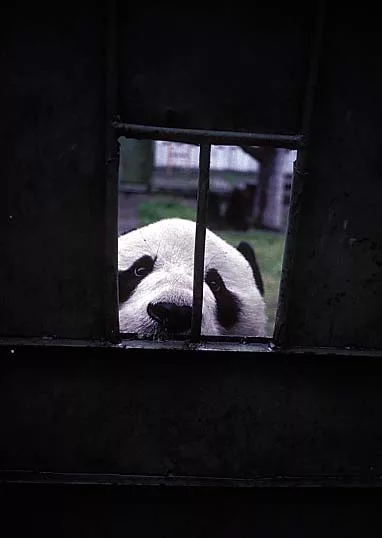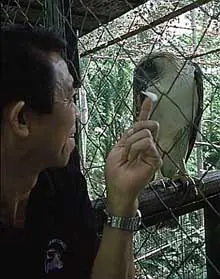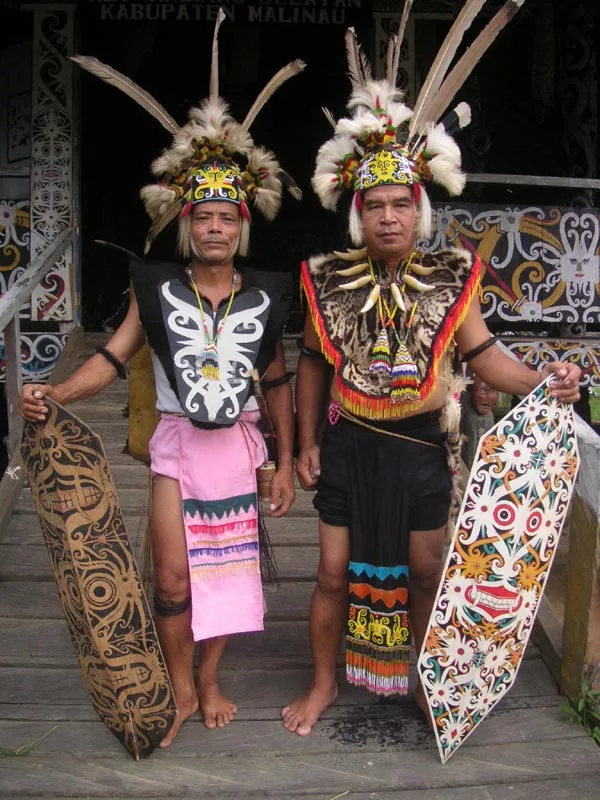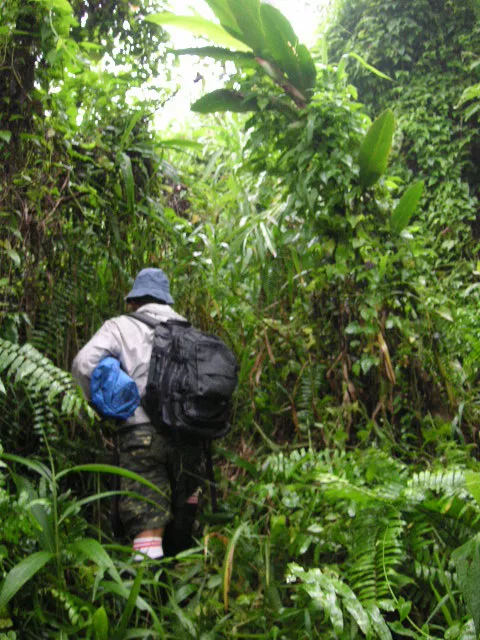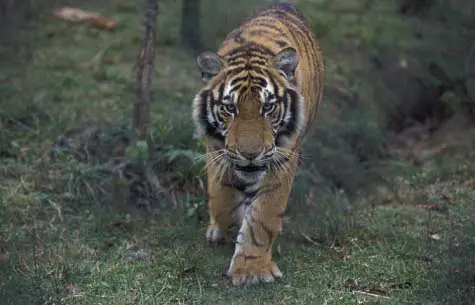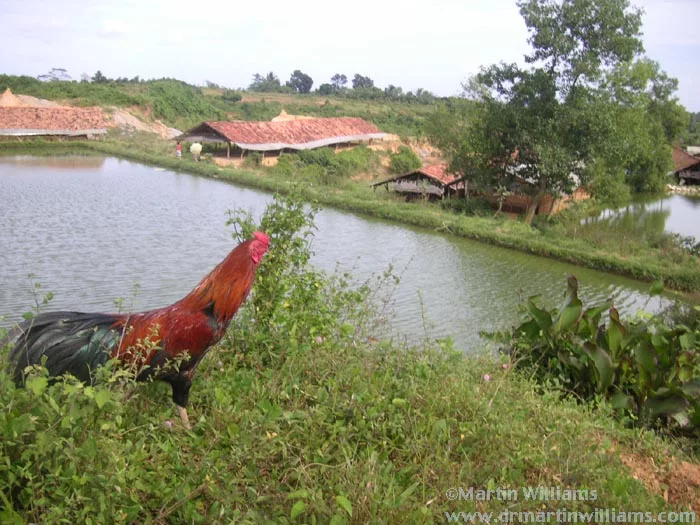Green turtle conservation on Pulau Selingaan, Sabah, Malaysia. Conservationists are helping to save these amazing relics of the past
To the Rescue of Asia’s Endangered Turtles
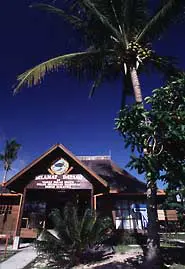
The night sky is full of stars and a warm breeze is blowing in across the Sulu Sea. On the beach the only sounds are water lapping at the shore and crickets in the inky blackness. My guide, Asdari Beluot, stops walking and points toward the trees. I see nothing at first, but I can hear something digging at the sand. Thrilled, I quietly move closer until I can make out the rounded shape of a creature whose lineage is as old as the dinosaurs. Grinning with delight, I whisper to Beluot, “Brilliant.”
I have come to the tiny Malaysian island of Pulau Selingaan, located off the northeastern coast of Sabah, to witness first-hand one of the world’s most effective conservation programs. Year-round, and especially from July to October, thousands of turtles heave themselves up onto the beaches of this and eight nearby islands to lay their eggs under cover of darkness.
An endangered family, sea turtles are hunted for their shells, flesh and eggs, and their nesting places are devastated by coastal developments. As a result, worldwide numbers have plummeted this century. In the western Caribbean, where green turtles once swam in their millions, only three nesting sites remain and all are threatened. Some 26 green turtle nesting sites remain in Southeast Asia, though many now host only a fraction of the turtles that once hauled up on them.
But Pulau Selingaan is a thriving nesting place for the green turtle, which, with an adult weight of 200 to 300 pounds, is the largest hard-shelled sea turtle, and for smaller numbers of the more threatened hawksbill, once hunted widely for its lustrous shell. In 1966, the island became the site of the first turtle hatchery in Sabah. Eleven years later the Sabah government acquired Pulau Selingaan and two neighboring islands, designating them Turtle Islands Park. The islands are small — Pulau Selingaan is just 20 acres in area. Besides the park staff, the only people on the islands are a police unit and a few tourists. Two years ago, the park was linked with six nearby Philippine islands to become the Turtle Islands Heritage Protected Area — the world’s first marine turtle conservation area straddling national boundaries.
Scientists at the Kota Kinabalu headquarters of Sabah Parks collate and interpret data from Pulau Selingaan and its neighboring islands, but park warden Kasitah Karim heads the vital field work. At night, he and his 16 rangers, working in two shifts, patrol on foot nearly two miles of beaches. On this October night, Karim and Beluot, the ranger in charge of Pulau Selingaan, are taking me with them.
We soon come across three female green turtles. One is digging a hole close to the trees, and two others have emerged from the water. While cheery, sociable Beluot and soft-spoken Karim check on the first turtle, I crawl toward one of the others.
I can hear her digging, and as I inch closer, sand sprays vigorously behind her. Karim and Beluot join me, and we sit on the rim of the shallow hole the turtle has dug herself into. Karim shines a flashlight into the hole. I see a wrinkled, leathery neck, a small head and a face as old as time itself. Lines on her shell give it the appearance of a mosaic. The species was named for the color of its fat, but this turtle’s shell also has a dull green appearance. She’s using her front flippers to make the body cavity. She pauses to draw deep breaths with what sound like melancholy sighs. Intent on her task, she seems oblivious to us.
Ranger James Agit arrives. He checks the turtle’s left front flipper to see if she has a numbered metal tag. She does, and Agit writes down the identification number: 50514. Later, her file tells us that she was tagged on August 6, 1997, during the first of three recorded visits to Pulau Selingaan. In that time she laid a total of 265 eggs. If the turtle didn’t have a tag from Turtle Islands Park, Agit would have expertly punched one through her leathery flipper using a pair of pliers.
Each tag carries the park’s address, and anyone writing to say they have found a tagged turtle, or simply a tag on a beach, is sent a $5 reward. “With the tags, we can identify turtles,” says Beluot. “We can discover how many are landing each year, and how many times they lay eggs. And we can learn about them traveling to other places.”
Of more than 51,000 turtles tagged in Turtle Islands Park since 1972, only 69 have been reported. Most were found nearby in the Philippines, but others reached Luzon, southern and eastern Indonesia, Papua New Guinea and even Palau, 1100 miles to the east. One female green turtle logged 390 miles in 27 days, an average daily swim of just over 14 miles.
No one knows what strange yearning lures these ancient creatures back to the same beach where they were born. And how do they navigate back? Some scientists speculate that they are helped by chemicals in the water, such as pheromones, that blend to give each beach a special “signature.” This signature may drift from nesting zones to the feeding grounds and signpost the way home. Some research suggests turtles have a built-in compass and use lines of magnetic force to home in on nesting sites.
During the peak summer months, the turtles converge in the islands’ shallow waters, and the males compete for breeding dominance.
On the beach we watch the green turtle complete her body pit, then ease herself forward. Now she begins to dig the egg chamber. Slowly, rhythmically, each hind flipper digs downward, scoops out a cupful of sand and tosses it out. When the chamber is about an arm’s length deep, she lays her eggs. One by one, then in clusters of two, three or four, they plop into the hole. Karim reaches down and pulls one out to show me — white and round, it’s coated in mucus and has a pliable, parchment-like shell. “Like a Ping-Pong ball,” says Karim.
Agit starts gathering the eggs, gently placing them on the beach. They will be transferred to a hatchery where they will be protected from predators. The turtle carries on laying, apparently unaware that her nest is being robbed. In all the turtle lays 83 eggs. Agit works quickly. “They start to develop in two hours,” explains Beluot.
When the turtle is finished, she rests for a couple of minutes, then begins sweeping sand over her empty nest. When the hole is filled, she uses her powerful flippers to haul herself back to the sea, to swim away gracefully. While nesting, she will visit the beach every two to four weeks, laying perhaps four clutches, totaling around 400 eggs. Then she will vanish into the sea.
Incubated by the heat of the sand, eggs take from 45 to 60 days to hatch. At birth, a turtle weighs about 25 grams and is little bigger than a matchbox.
Should a hatchling, digging its way out of the nest, near the sand’s surface during the heat of day, it automatically stops further movement until the temperature drops. This not only prevents hatchlings from becoming dehydrated and dying from heat exhaustion, but also ensures that most make the hazardous trek to the sea at night.
“How many hatchlings from the 80 eggs we saw laid will survive?” I ask Beluot. Statistically, only one to three percent, he tells me. “Maybe of 10,000, about 150 will make it to adulthood.”
Eggs in natural nests face many threats to survival. Predators like monitor lizards dig up the nests for easy meals. Ants also prey on turtle eggs. Eggs may be accidentally destroyed by turtles digging new nests, and on some beaches nests may be swamped by high tides. But most eggs left undisturbed will hatch.
Each turtle’s heroic battle for survival begins as soon as it scrabbles through the roof of its nest. “Hatchlings may be eaten by predators like ghost crabs,” says Beluot. “They only catch the slower, weaker ones. And any that come out in the daytime might be eaten by kites or eagles.”
As we head back to park headquarters, we hear a rustling sound among the trees near the beach. We look down to see five or six newly hatched turtles scurrying across the sand. Karim and Agit carefully pick them up and place them on top of the eggs in Agit’s bucket.
“How do the hatchlings know which way to go in the dark?” I ask.
“They instinctively head for the lightest part of the horizon,” says Beluot. “That should take them toward the sea.” In the darkness, I sweep my flashlight beam around, feeling like the Pied Piper of turtles as hatchlings scuttle toward my light. Agit gathers them up and releases his new charges into the sea.
Though the park staff can help the hatchlings by escorting them across the beach, once they are in the water, they are on their own. Their immediate urge is to swim and keep swimming, to escape the carnivorous fish and birds in inshore waters. The journey, lasting two or three days, takes them to the open sea, where they hunt for food such as small jellyfish. Even here there are predators ready to devour them. Tar balls from oil spilt by ships present another hazard: the young turtles might mistake them for food and choke to death.
The lives of turtles in the sea are mostly unknown, and no one is sure how long they remain in the deep ocean before heading for inshore waters, where they mainly feed on seaweed and marine grasses. Mature turtles’ hard shells protect them from most predators, except crocodiles and tiger sharks. And they can still become entangled in fishing nets or be hunted.
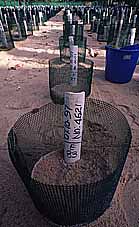
We arrive at the hatchery, and Agit starts preparing a new nest for turtle 50514’s eggs. He scoops a hole with half a coconut shell, working until his arm is at full stretch. Then he tenderly transfers the eggs from bucket to hole. “He’s a turtle father,” jokes Beluot. Agit fills the hole with sand and sets a plastic-mesh cylinder on top.
Another 11 clutches will be added to the hatchery tonight, bringing the total for the year, from January to October, to more than 4600. Earlier this evening, rangers took newly hatched turtles to the sea. Night after night, the story is much the same: eggs are buried, emerging hatchlings are carried to the tide line.
Data gathered by Sabah Parks show that when the hatchery program was initiated, the number of nestings in Turtle Islands Park was declining — from around 6000 in 1966 to just over 2000 in 1987. Since 1987, it has rebounded, peaking at 12,338 in 1991. Green turtles are believed to reach sexual maturity somewhere between 15 and 20 years, and the increase began as the first hatchery turtles would have been expected to return to the park.
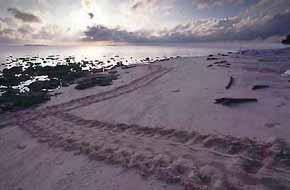
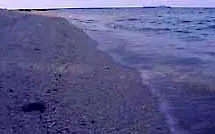
As the sky lightens, the last clutch of eggs is taken to the hatchery. The beach will be quiet during the day, the only reminder of the night’s activities being the tank-tread-like turtle tracks that weave across the sand.
Late the next afternoon, I am sitting on the beach when I see a hatchling scooting toward the water. Four more follow. One pauses to look up at me, then continues on to the sea. Buoyant as a cork, it swims straight away from shore, head down in water ruffled by the breeze. Watching through binoculars, I see it lift its head to gasp for air, then dip again and keep on, full steam ahead. Soon it is lost from view. I offer a silent prayer, hoping it will survive to reach deep ocean waters and someday return to breed on the island where it was born.
[This article appeared in the April 1998 issue of Asian Reader’s Digest. Reader’s Digest holds copyright in the text.]




